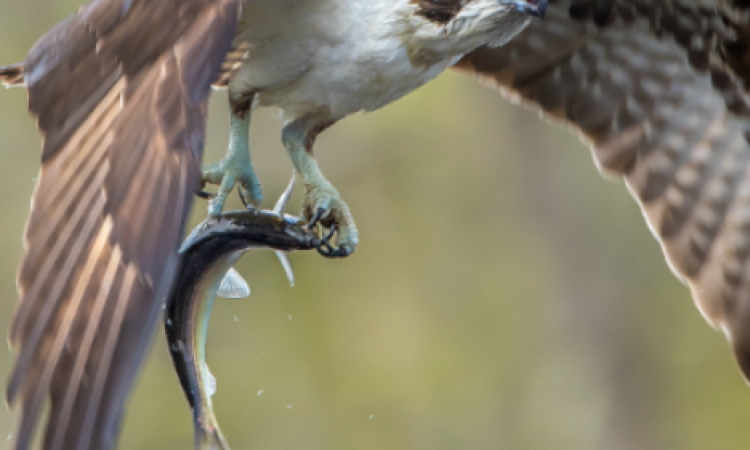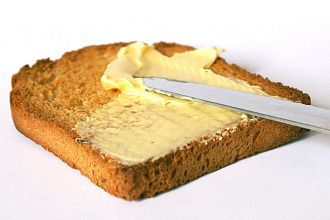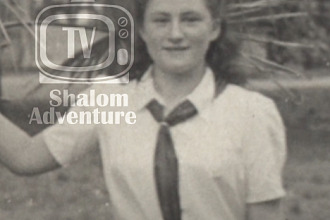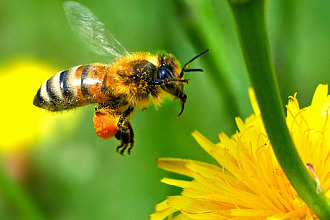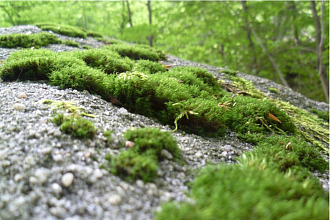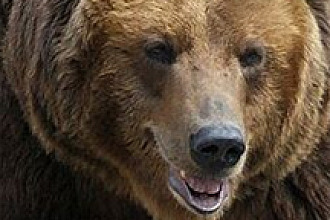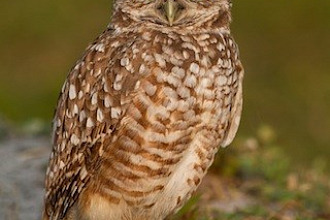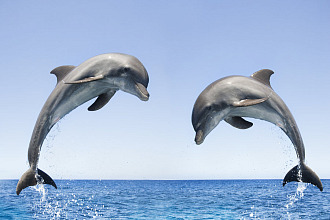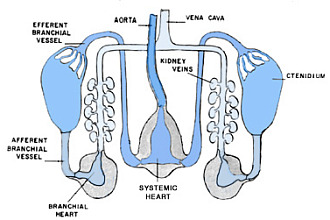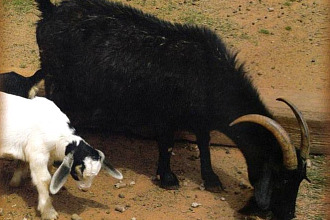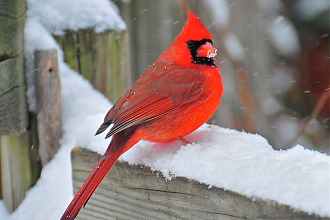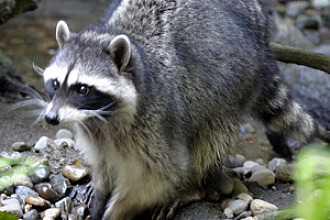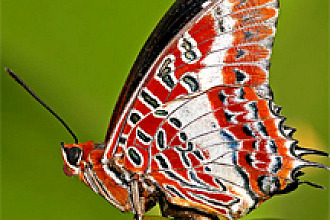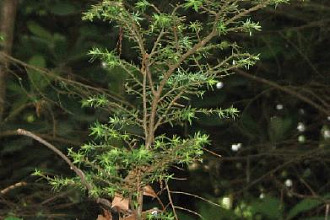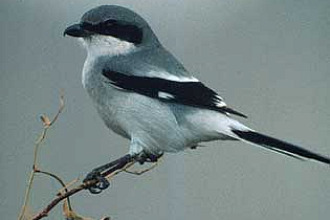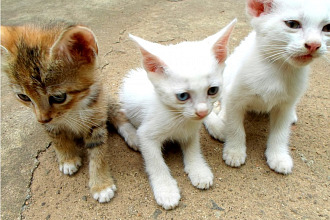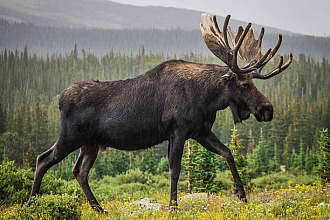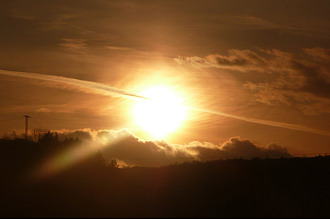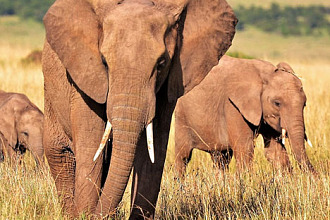The osprey, or fish hawk, is the only daytime-hunting bird of prey that feeds almost exclusively on live fish.
They build their homes high up, often on platforms, not far from the water—to be near their source of supply. Ospreys are a common sight in the Keys, and this month we're already seeing pairs on their nests, high above Highway One, since December marks the start of five months of their yearly partner¬ship in raising a family. While ospreys who live up North start nesting in April and migrate down to South America in the Fall, the ospreys who spend their lives in the Keys and in the Caribbean seem to know it won't ever get cold here, so they don't have to change locations. That knowledge, built into the ospreys who live here, is not by accident. The Creator who arranged for their presence all over the globe, gave all the ospreys a sense of where they need to be at any given time to survive.
Ospreys hunt by soaring over water, scanning the surface for fish. They are spectacular divers. Once they sight their prey, they fold their wings tightly, descend swiftly, and enter the water feet-first, often completely submerging. They grip their slippery prey with long, sharp, curved claws and spiny foot pads, then use another not-by-accident characteristic. Because the bird was created with a unique, reversible outer toe, the osprey is able to maneuver the fish he caught so it faces forward as he flies toward the nest. That way the male can eat "on the wing," beginning his meal always by consuming the head of the fish first. (Obviously he needed to be able to get the fish turned the right direction to start his lunch!) Meanwhile the hungry female, considerably larger than her mate, awaits the food being brought by the male. Once at the nest the male drops the prey into the female's care and she shares it with any hatched nestlings—hence the male's need to be able to eat some of his share before arriving at the nest. The Creator provided ospreys all the equipment necessary for fishing, eating, and flying. Two other not-by-accident details about their creation: these birds, which often are submerged in water, not only have been given dense, oily plumage but also unique, efficient nasal valves that close when the osprey dives, so water does not enter their nostrils.
Their Designer thought of everything the ospreys needed. Would our Creator have done less when He created us?
"NOT BY ACCIDENT" (c) Juanita Kretschmar is used by permission and was first published in the book "Not By Accident" page 17.
Picture originally found here

